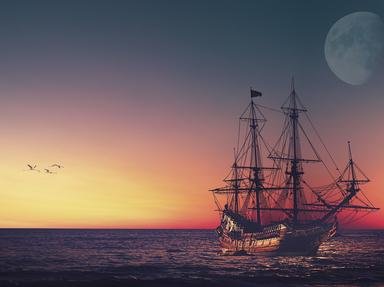
Winds of Change Trivia Quiz
Explorers of South America
The moment the wind in the sails landed Europeans in South America, the continent was never going to be the same. This timeline is a tool to identify those explorers that made a difference to these nations and the world.
An ordering quiz
by pollucci19.
Estimated time: 3 mins.
- Home
- »
- Quizzes
- »
- People Trivia
- »
- Explorers